Panama is Committed to Improving its Buffalo Herd with Italian Genetics
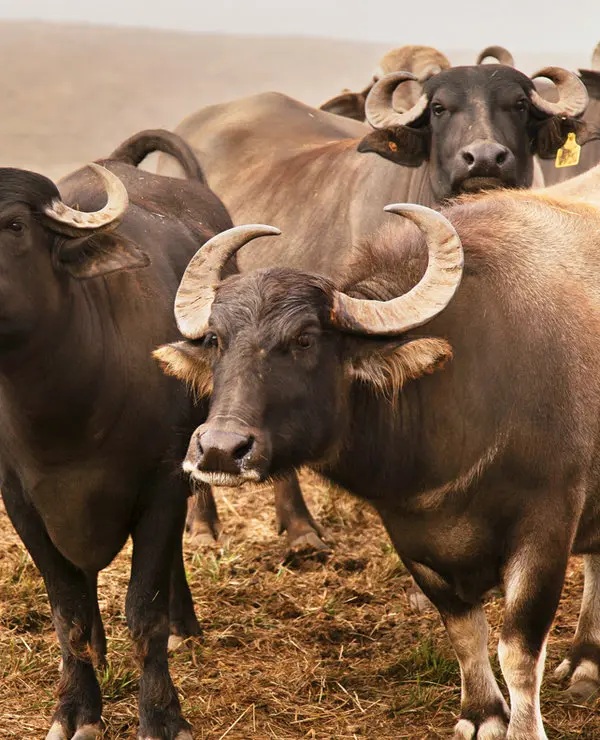
Panama: In a bid to strengthen and improve the country’s buffalo genetics, the Ministry of Agricultural Development (MIDA) has begun an ambitious project with the importation of semen from Italy. Recently, the National Livestock Directorate of Panama completed the purchase of 1,500 straws of Mediterranean buffalo semen from Italy, as part of an ambitious program seeking to transform buffalo farming in Panama. This is a key investment to modernize the buffalo sector, with a view to increasing milk production, improving animal quality, and boosting herd performance nationwide. It would also allow for the breeding of between 500 and 600 calves.
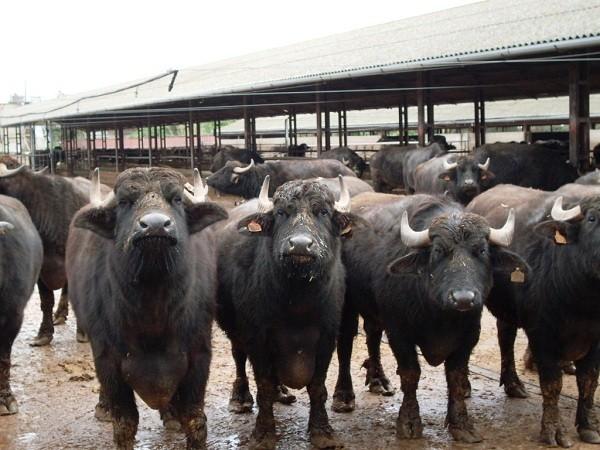
The project’s intention is to promote genetic renewal in the buffalo herd in Panama,” said Sara Feliú, national director of Livestock.
She explained that they have already begun a process of data collection, organizing producer groups, and evaluating animals. They are also beginning the first heat synchronizations to launch artificial insemination programs. “The idea is to continue the program in the different areas where the country’s largest buffalo population is concentrated, such as Bocas del Toro, Colón, Veraguas, and Darién, primarily,” she added.
Italy is a World Reference in Buffalo Genetics
The choice of Italy as the supplier is no coincidence. According to the official, for many years, Italy has traditionally worked on the genetic improvement of buffalo, seeking to produce high-quality buffalo milk primarily for cheese production. It should be noted that the original mozzarella cheese is made from buffalo milk, which has high levels of fat and protein. The history of Mozzarella is below……….In Panama, buffalo breeding dates back to the 1970s, although only since 2023, Feliú recalled, has it been formally integrated into MIDA’s genetic improvement program. To date, 75 cattle have been delivered to small farmers in Colón and Coclé as part of the “Buffalo Breeding and Management in Panama” subprogram.
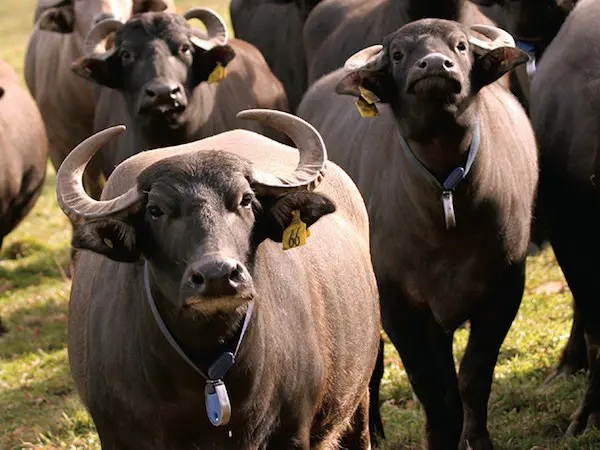
According to data from the Ministry of Agriculture, Livestock and Livestock (MIDA), buffalo in Panama are well adapted to the country’s climatic conditions and are used for both meat and milk production. In recent years, their breeding has experienced sustained growth, driven by the interest in diversifying livestock farming and making better use of available natural resources. However, the MIDA director of livestock noted that few buffalo producers have ventured into the practice of genetic improvement using reproductive biotechnologies such as artificial insemination, even though this is the way to improve indicators in this livestock production.
“We know that improving indicators such as weaning weight, increased milk production, and improved herd lifespan requires further exploration into this activity. That’s why the Livestock Directorate is preparing to perform the first inseminations after several months of planning.”
More than 9,000 Buffalo Currently Roam in Panama
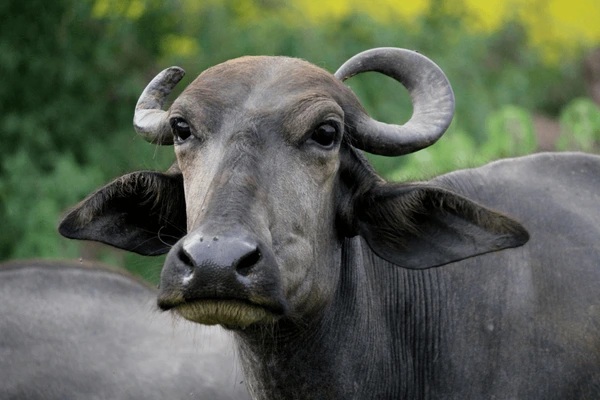
Currently, there are an estimated 9,729 buffalo in Panama, distributed among 66 producers. The provinces with the largest number of animals are Bocas del Toro and Darién, although the largest concentration of producers is between Colón and Los Santos. The predominant breeds are Murrah, Mediterranean, Jafarabadi, Buffalo, and crosses between these, which provide greater adaptability, hardiness, and higher production in their offspring. This achievement, the official explained, was achieved with the help of the 11 regional offices of the Ministry of Agriculture, Livestock and Livestock (MIDA), which carried out the necessary fieldwork.
Lean and Healthy Meat
In addition to the genetic approach, MIDA highlights the nutritional advantages of buffalo meat compared to beef:
- 40% less intramuscular fat
- Lower calorie content
- More protein per 100g
- Lower cholesterol
- Higher iron and zinc content
- Mild flavor: Despite being lean, it has a flavor similar to or even milder than beef, depending on the cut and preparation.
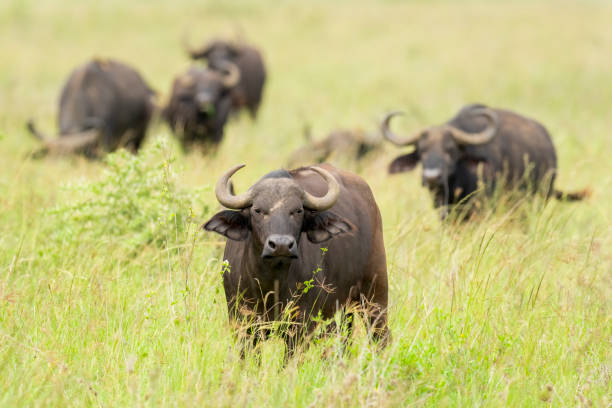
“Buffalo meat is a healthier alternative to traditional beef, with significant advantages in terms of fat, calories, and nutritional value,” Feliú concluded.
Interesting Facts
- The Italian Mediterranean is the only indigenous water buffalo breed in Italy.
- Mozzarella made of Mediterranea Italiana milk has a ‘DOP’ status, a quality assurance label for Italian food products (especially Italian wine and cheese).
The History of Mozzarella
All cheeses begin the same way, starting life as milk from a cow, goat, sheep or a buffalo. Once the water is removed, different processes are used to create all of the cheeses we have come to know and love. We would venture a guess that every reader of the Italian Tribune is very familiar with mozzarella cheese, but did you know that it is included in a broader group known as pasta filata? These cheeses also include Provolone and Caciocavallo. Pasta filata translates as spun paste, referring to the method used to create the cheese and mozzarella and is named after its specific production process. In Italian, the verb mozzare means to separate. Mozzarella is formed by kneading and stretching, very much like bread dough. The fresh, mild cheese has a shiny, lustrous appearance and usually comes in a ball of various sizes. It can also be in the shape of a braid or a knot and can weigh up to five pounds or more.
Mozzarella originated in southern Italy. Early records show that the Romans were already producing a similar type of cheese from sheep’s milk by the middle of the first century AD. In the Province of Caserta, the monks at San Lorenzo Monastery in Capua used to offer bread and a cheese called mozza to worshippers during their annual pilgrimage. It is difficult to establish the particular decade or even century when this began, but the practice was already well-established by the advent of the Middle Ages. Cheese made from buffalo milk dates to the 12th century, but sheep’s milk was still the predominant milk used for cheese in southern Italy. By the 14th century, fresh mozza made with sheep’s milk from farms in the hills of Campania were being transported and sold at the markets in Naples and Salerno. It was not until the 16th century that water buffalo farming expanded and a switch from sheep’s milk to authentic mozzarella di bufala began.
The word mozzarella first appeared in a 1570 cook book by Bartolomeo Scappi, chef to the Papal Court. He was very specific and referred to mozzarella as a type of cheese only made from buffalo milk. The Bourbons of the Kingdom of the Two Sicilies are credited with greatly expanding the breeding of buffalos in the Campania region during the 18th century. The royal family had a strong influence over the cheese that would win a special place in the hearts, minds and stomachs of southern Italians. It was during the 20th century, when refrigeration allowed the cheese to be transported, that mozzarella became widely available throughout Europe and America. It saw an enormous surge in popularity worldwide following WWII. Mozzarella is now the most popular cheese in America and the second most popular cheese in the world. Due to the enormous demand, the vast majority of mozzarella is now produced from cow’s milk, which is milder in taste than mozzarella made from buffalo’s milk.





